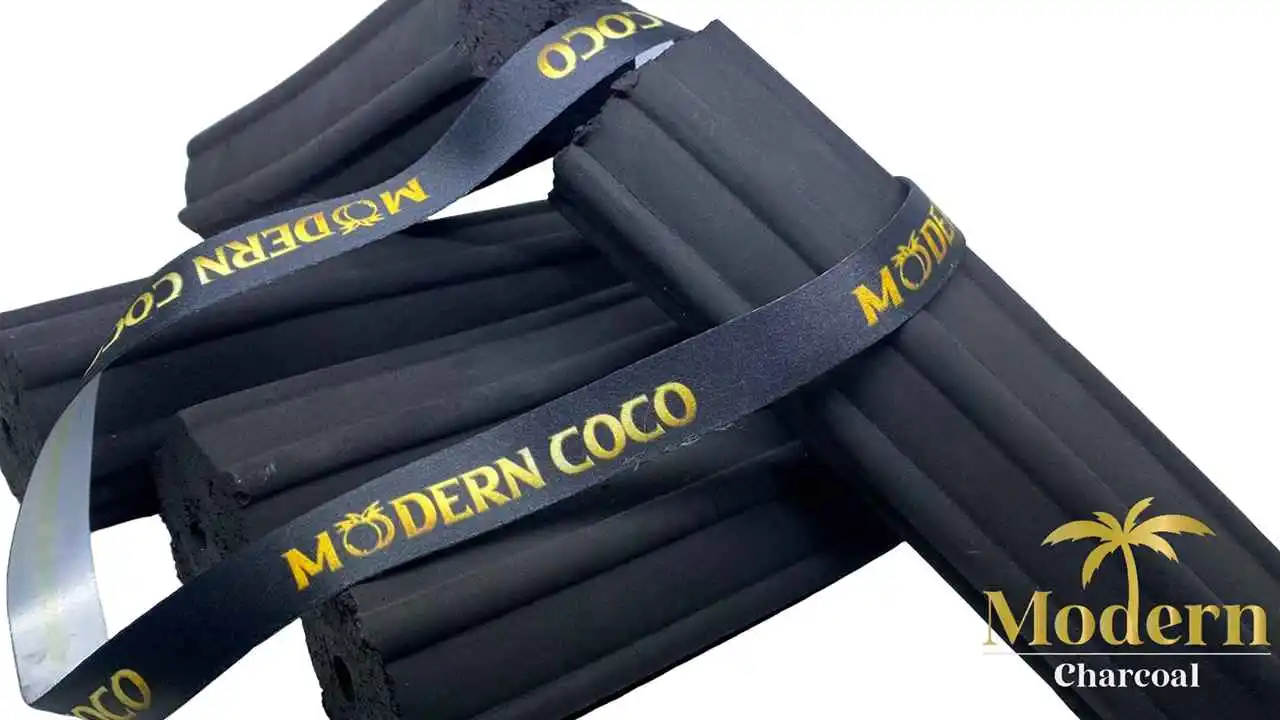Charcoal briquettes, the compacted black gold of outdoor cooking, offer more than just fuel for the flames of your barbecue. Their origins, benefits, and uses extend far beyond the grill, making them a versatile and essential commodity for enthusiasts of grilling, smoking, and even gardening. This article delves into the history, benefits, and multifaceted uses of charcoal briquettes, shedding light on why they remain a staple in households around the globe. In the world of outdoor grilling and barbecuing, charcoal briquettes are a staple for enthusiasts and professionals alike, offering a consistent and controlled heat source that’s perfect for cooking up everything from burgers to brisket. But have you ever paused to wonder who we have to thank for this ubiquitous grilling fuel? The invention of charcoal briquettes is a fascinating tale of ingenuity and the evolution of cooking technologies. Let’s delve into the history and uncover the story of the person behind this pivotal invention.

Briquette charcoal is an efficient, clean-burning fuel source that has gained popularity worldwide for both domestic and industrial use. Made from compacted charcoal fines, binders, and sometimes additives to improve burning characteristics, briquette charcoal offers a sustainable and cost-effective alternative to traditional lump charcoal or wood.
The Origins of Charcoal Briquettes
Charcoal has been used as a fuel for cooking for thousands of years, with evidence of its use dating back to ancient civilizations. However, the charcoal briquette as we know it today is a relatively modern invention, with its roots in the early 20th century. The person credited with the invention of the charcoal briquette is none other than Ellsworth B. A. Zwoyer, who patented the design in 1897.
Zwoyer’s innovation was not just about creating a new form of charcoal but revolutionizing how it could be used. By compressing charcoal dust and fines with a binder and forming them into uniform shapes, Zwoyer’s briquettes offered a more efficient, cleaner, and easier-to-handle alternative to traditional lump charcoal. This invention paved the way for mass production and commercialization, making charcoal briquettes accessible to a wider audience.
The Ford Connection
While Ellsworth B. A. Zwoyer is credited with the invention of the charcoal briquette, the story wouldn’t be complete without mentioning Henry Ford, the legendary automotive pioneer. In the early 1920s, Ford, in collaboration with his relative E.G. Kingsford, saw the potential to utilize the vast amounts of wood scraps and sawdust generated from the manufacturing of Ford cars.
Ford’s idea was to recycle these waste materials into a useful product, leading to the development and mass production of charcoal briquettes. The Ford Motor Company built a charcoal plant and started producing briquettes, which were initially marketed to the American public through Ford car dealerships. This venture eventually led to the establishment of the Kingsford Charcoal Company, which remains a leading brand in the charcoal industry to this day.
The Legacy of Charcoal Briquettes
The invention of charcoal briquettes marked a significant milestone in the evolution of cooking and grilling technologies. It democratized the barbecue experience, making it more accessible and convenient for the average household. Today, charcoal briquettes are used by millions of people around the world to grill and smoke a variety of foods, celebrated for their ease of use, consistency, and the distinct flavor they impart to grilled dishes.
The legacy of Ellsworth B. A. Zwoyer and the entrepreneurial spirit of Henry Ford and E.G. Kingsford highlight a story of innovation, sustainability, and the transformative power of a simple idea. From backyard cookouts to professional barbecue competitions, charcoal briquettes continue to fuel the passion for outdoor cooking, a testament to the enduring impact of their invention.
Conclusion
The history of charcoal briquettes is a testament to human ingenuity and the pursuit of better ways to live and enjoy our lives. The next time you fire up your grill and lay down some burgers or veggies on the grate, take a moment to appreciate the innovation and history behind the humble charcoal briquette. It’s a story that’s as rich and layered as the flavors it helps to create, a pivotal chapter in the ongoing saga of culinary evolution.



